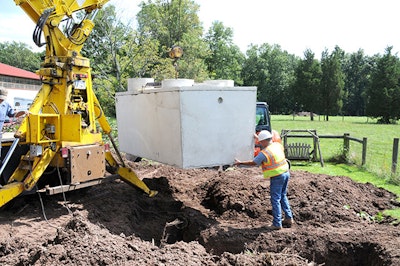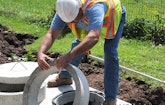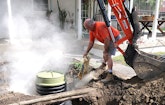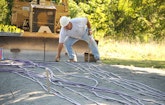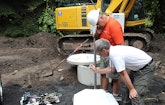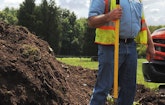Trial and error may have led Andy Damiani to the practical techniques he uses every day, but his strict adherence to proven methods are also key to his success.
Damiani's constant desire to learn and grow professionally has enabled him to rack up a growing list of "first...
